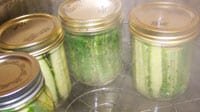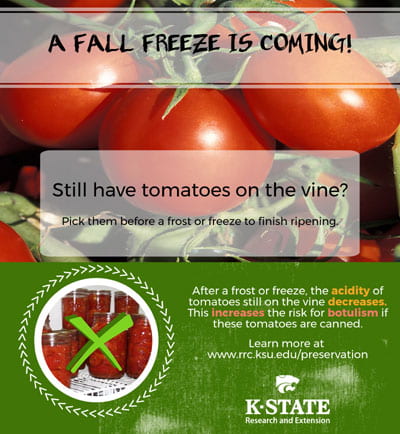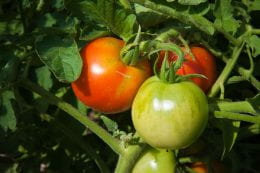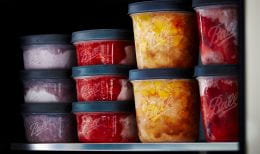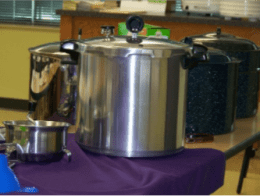
For some home canners, the canning season is coming to a close. Here are some tips to store equipment so it is in good working order for next season.
- Clean equipment with hot soapy water. Any grease or food residue left behind can lead to bacterial growth or mold growth. Always check small parts of equipment for any leftover food residue.
- Hard water can leave a darkened residue, especially on aluminum. Fill the canner with water above that hard water area, add 1 tablespoon cream of tartar to each quart of water and bring it to a boil, covered, until the dark area disappears. Drain out this water and wash with hot, soapy water, rinse and dry completely.
- On pressure canners with gaskets, remove rubber gaskets and wash. Check for cracks or brittleness. Check the rubber plug in the lid for cracks or dryness. Both of these items can be replaced.
- Check the vent pipe to be sure it is clear. Run a string, small piece of cloth or a pipe cleaner through the hole to clear any food residue.
- Now is a good time to check dial gauges for accuracy. Many local Extension offices have the dial gauge testing equipment to test Presto, National, Maid of Honor and Magic Seal brands. We cannot test All American pressure gauges or any other brands of gauges.
Learn more tips on storing equipment at https://extension.psu.edu/storing-canning-supplies. Resources for replacement parts can be found at https://www.rrc.k-state.edu/preservation/index.html.


